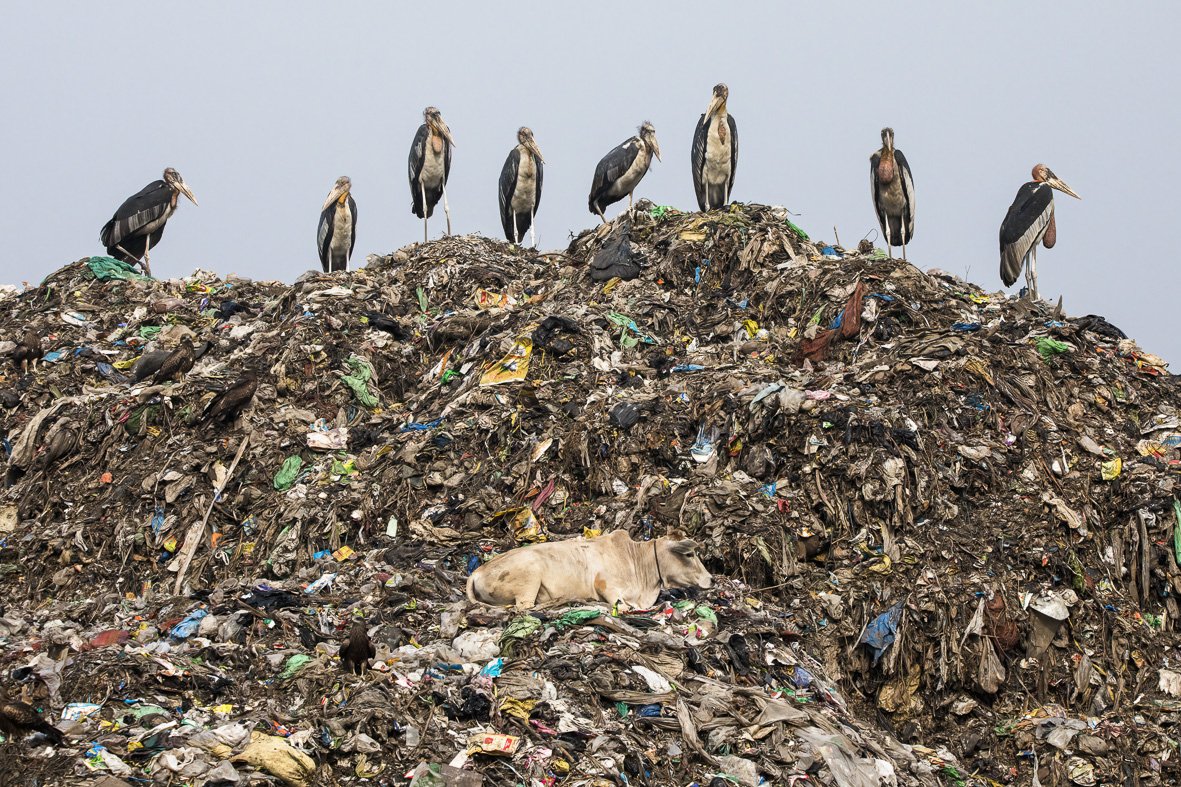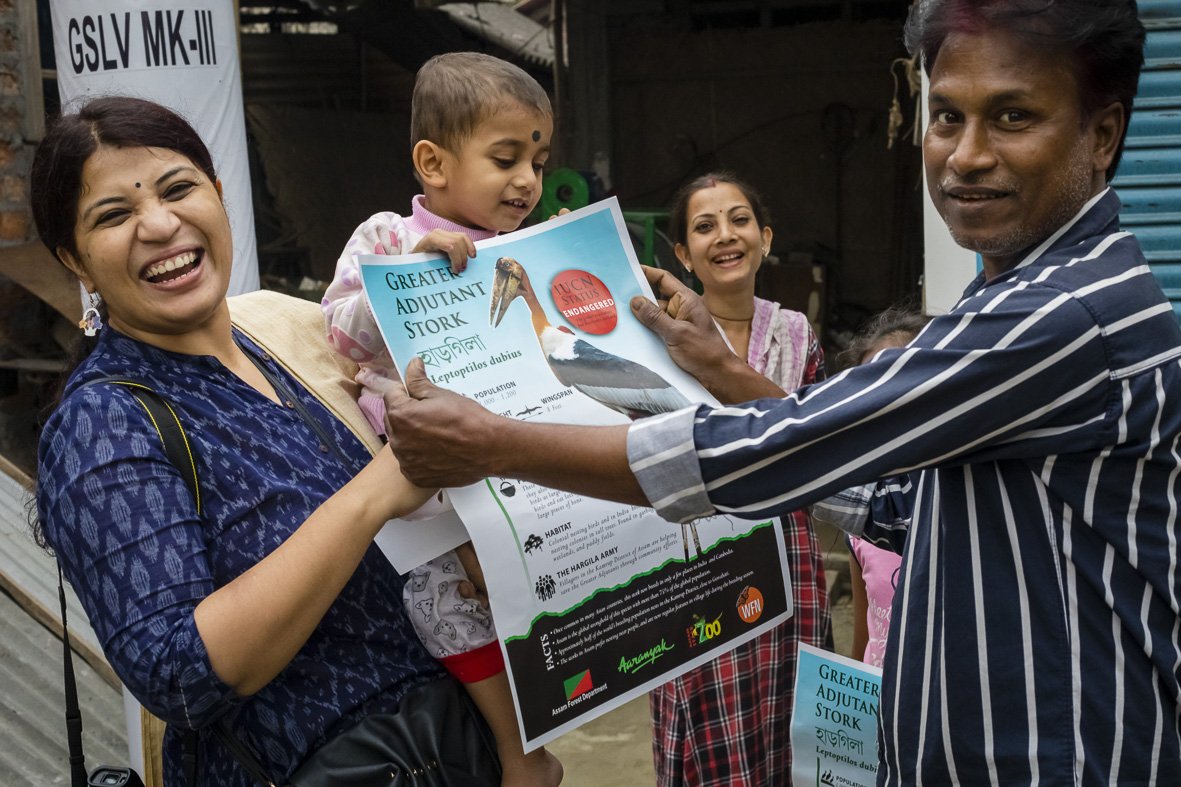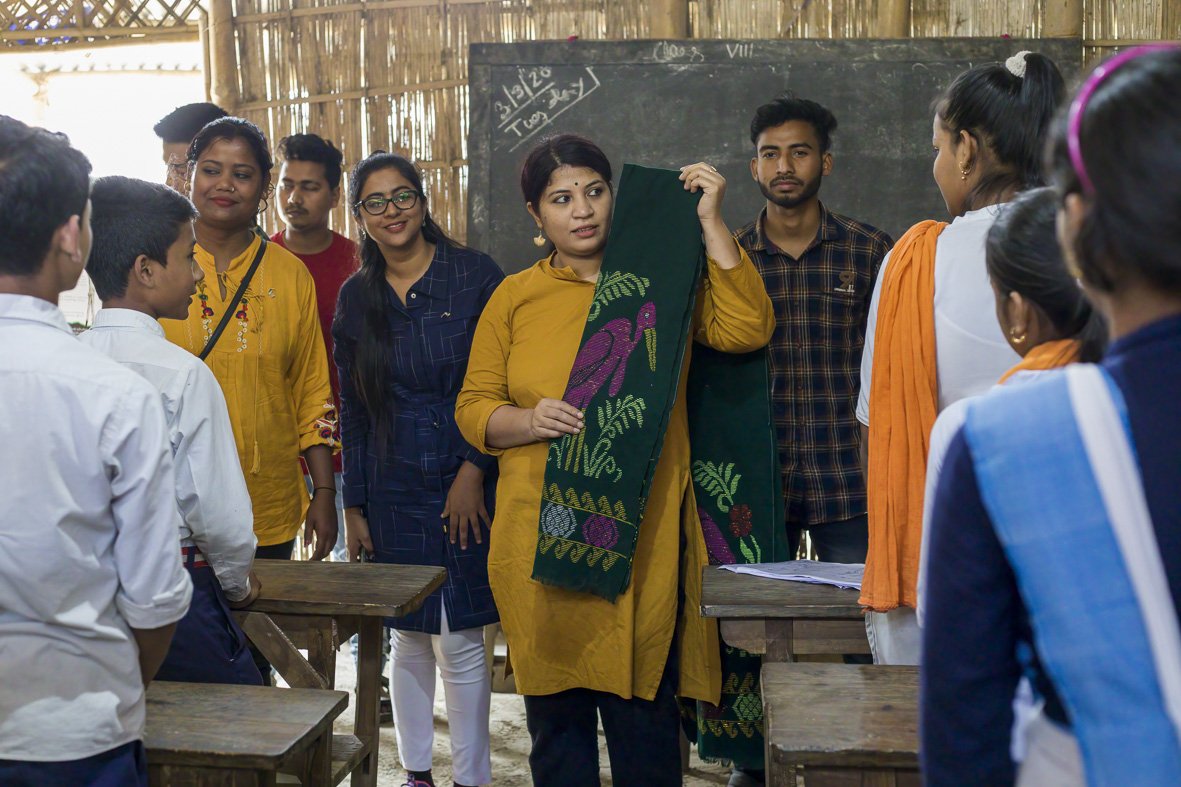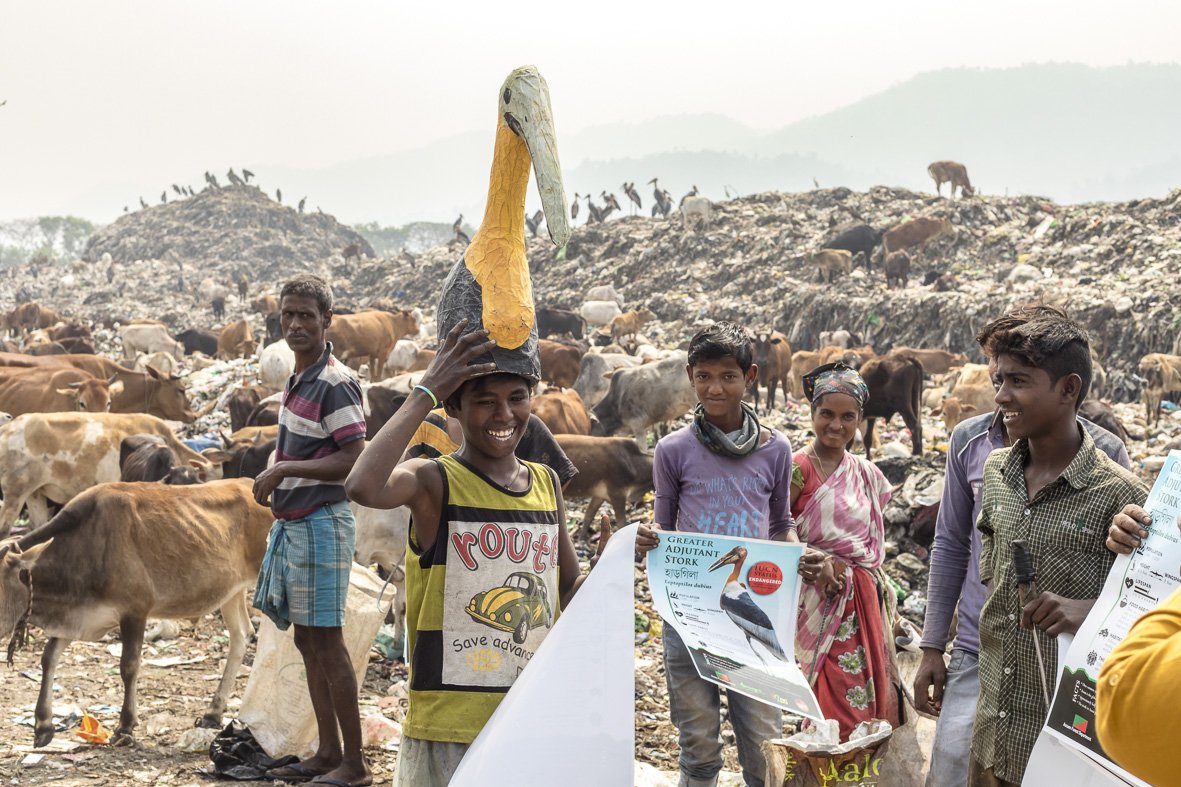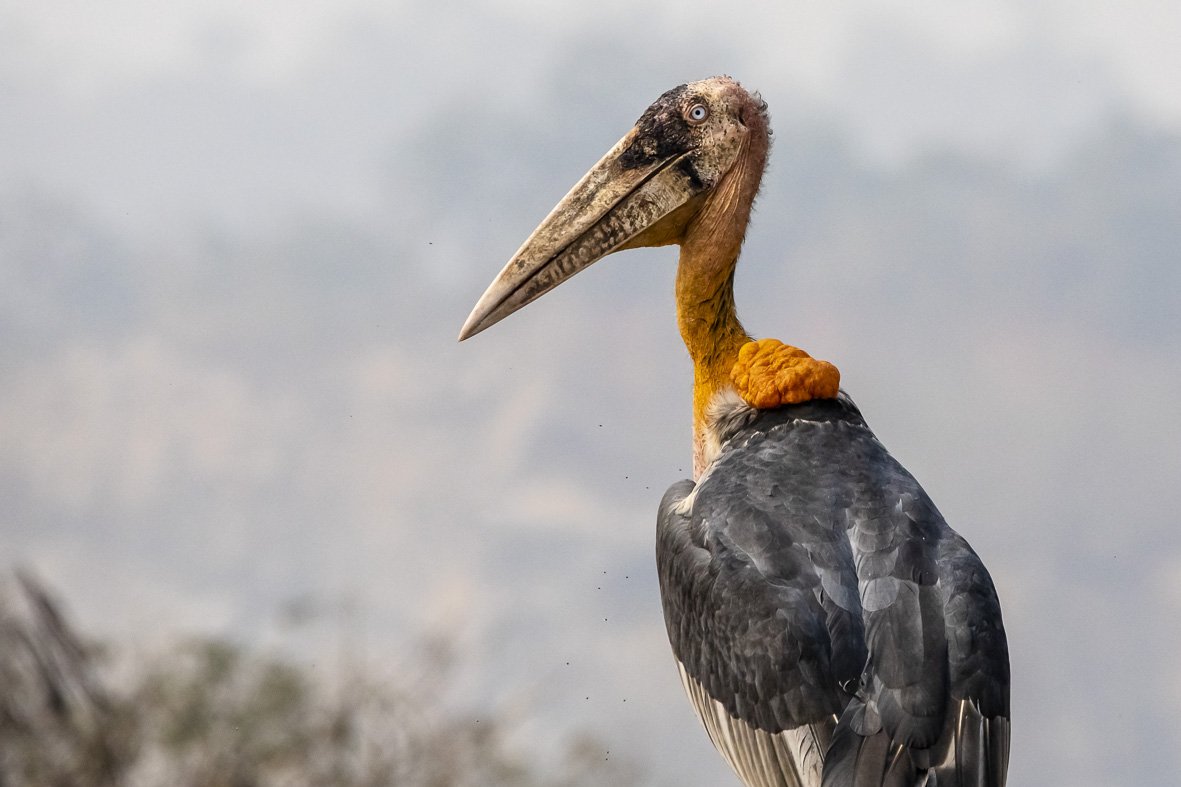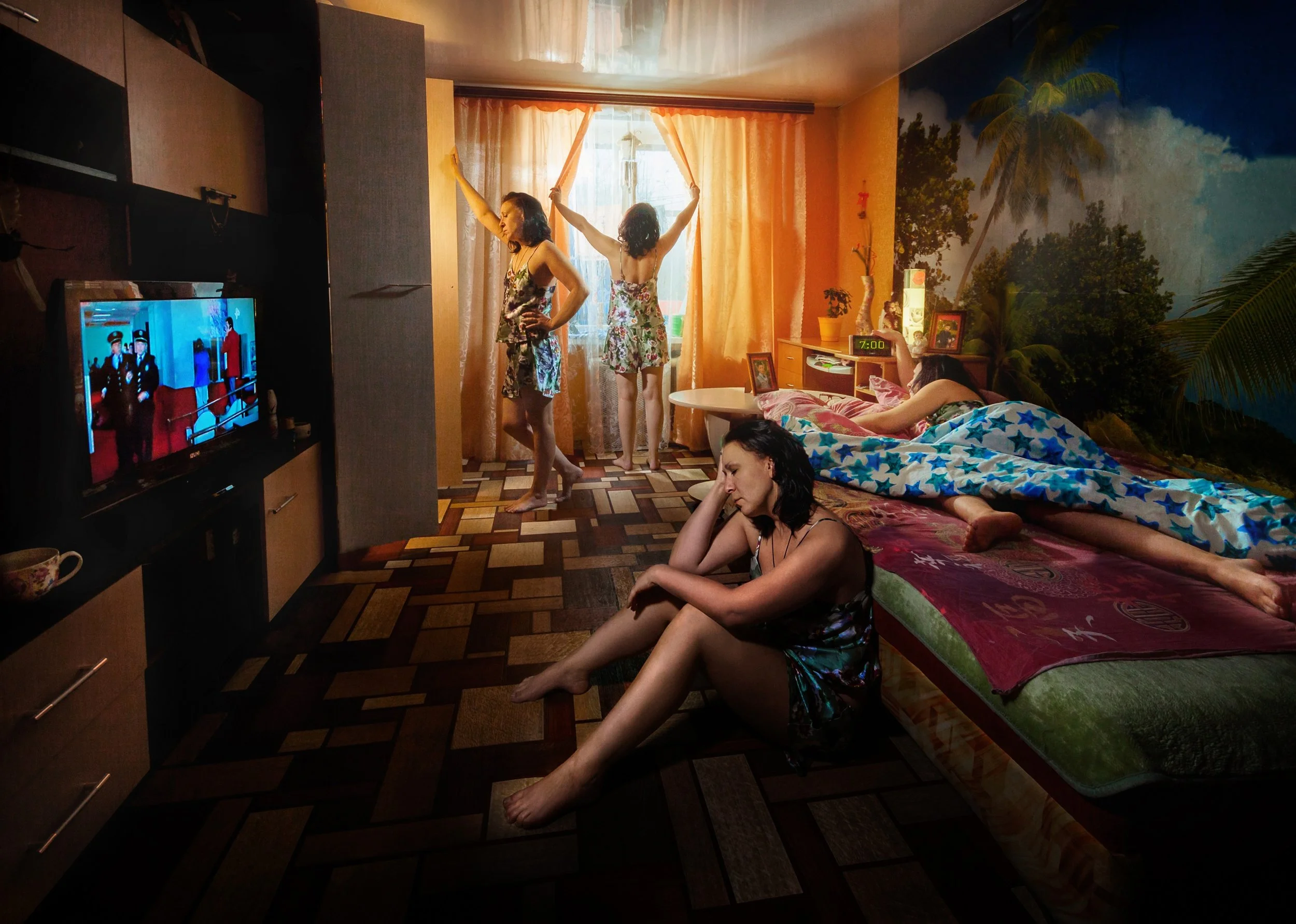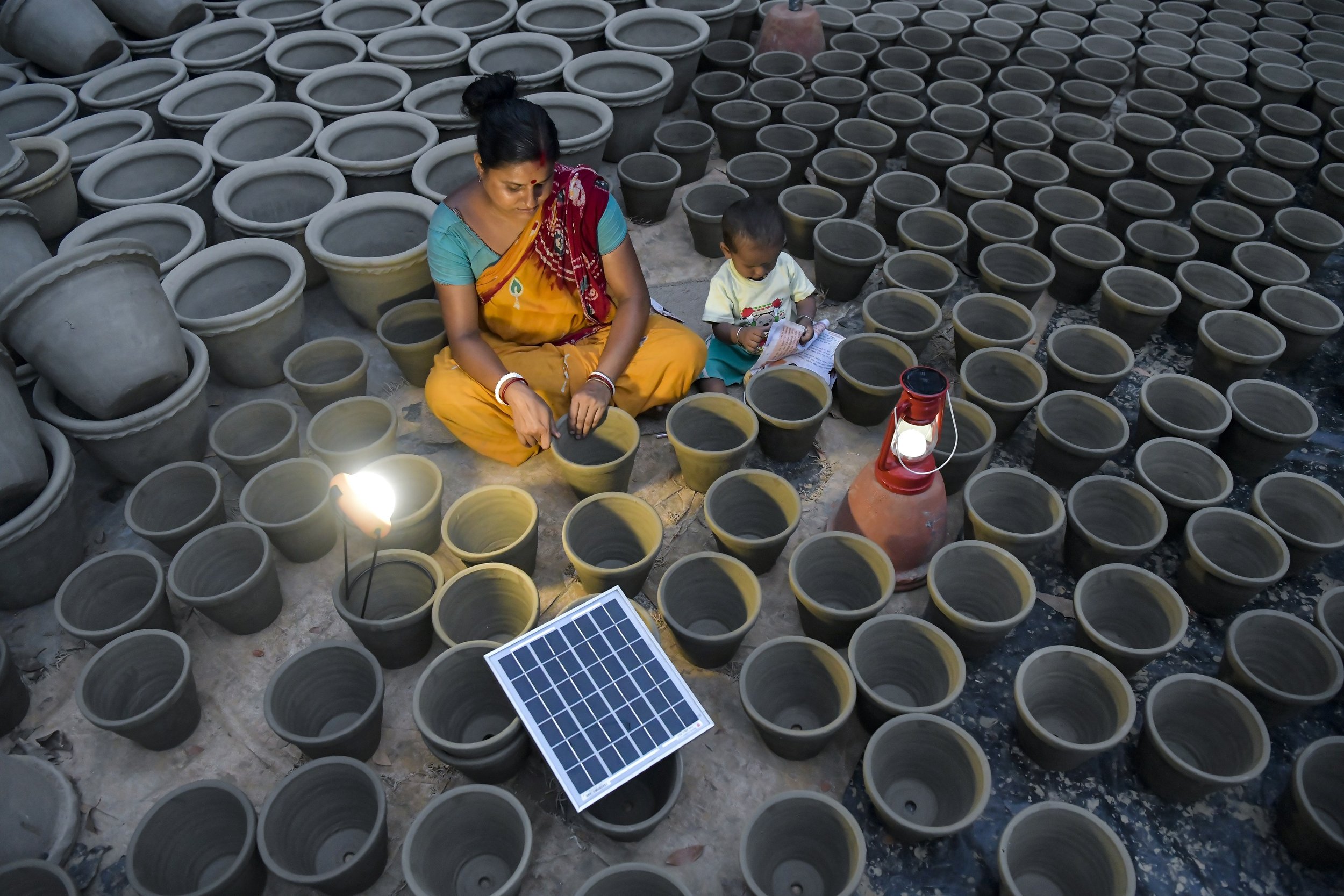

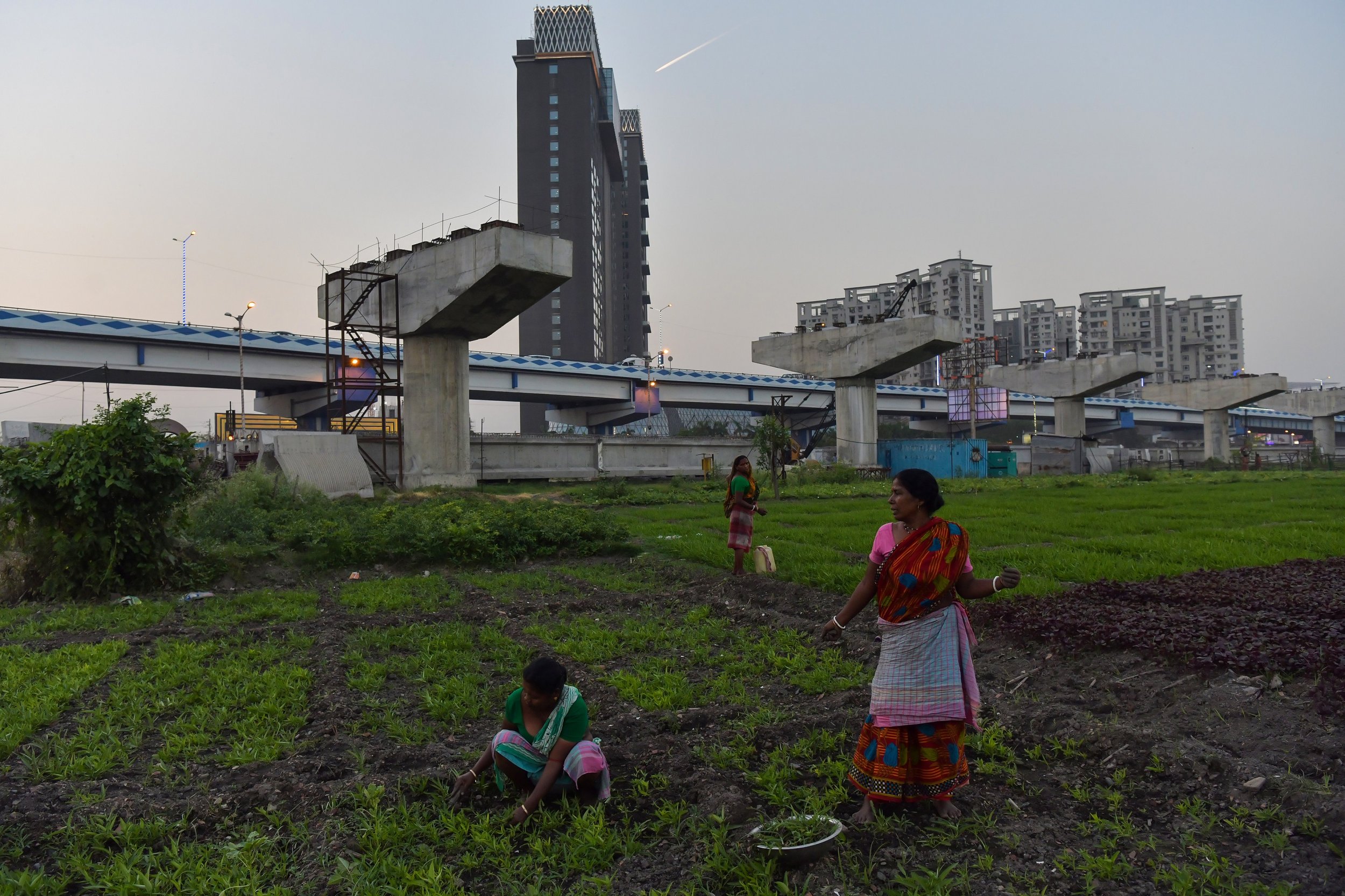

Women building a sustainable future
© Avijit Ghosh
Author Name: Avijit Ghosh
Author Location: Kolkata, India
Author Background: I, Avijit Ghosh, am a 28-year-old freelance photojournalist based in Kolkata. My work mostly focuses on the Socio-environmental impact of climate change and humanitarian issues. After my bachelor degree, I pursued my diploma in Social Work and also in Photography. Later worked with a local newspaper. Now I work with SOPA Images as a contributor photographer which distributes my photographs through agencies like Getty Images and AP. Besides the daily news, I also work on my personal projects. My works have been published in news sites like VICE, BBC, Huffington Post, CNN, Bloomberg, WSJ and many others. I have won photo competitions from organization like the UN, UNESCO, Ramsar Convention and some of my works are also exhibited globally.
Submission Statement: In the last decade, India has witnessed severe weather, rise in sea level, heat waves and unpredictable rains because of climate change. A country that holds 1.2 billion people, face massive challenges to deal with these catastrophic events. Sundarbans delta is already witnessing the largest climate migration in South Asia. To deal with this situation we have to adopt sustainable lifestyles following the UN SDG goals. To achieve this goal, women are playing a crucial role in India. They not only help to change the mindset of future generations to adopt a sustainable lifestyle but also participate in sustainable economy proving their importance in every sphere. The effort they contribute in building a better sustainable world is priceless. These series of photographs highlights women participation in sustainable development sectors in different parts of West Bengal, India.
Comments from the judges:
Karen Dias: “Good reportage on the lives of working women and interesting juxtapositions in settings and locations in this series.”
Katie Jett Walls: “This series appealed to me through the inclusion of the work environments in each portrait, as well as women working collectively in most of the scenes. The environments all had a rhythm and texture to them that spoke of the photographer's consistent visual style and editorial skill.”

